Common Building Defects
Foundation Settlement
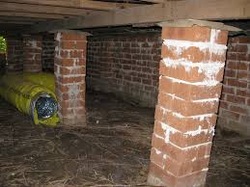
Brick piers in the subfloor below the house are leaning markedly out of allignment
Settlement cracks
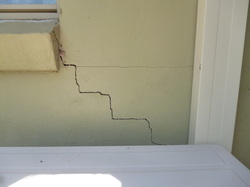
Vertical and horizontal Cracks a result of the brick piers settling into the foundation which has caused movement in the footings.
Stormwater in Subfloor
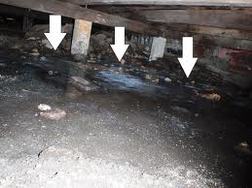
Stormwater being discharged in the subfloor area and going nowhere - This building defect was in the subfloor area of a beautifully renovated home with a sparkling swimming pool.
Timber Delignification
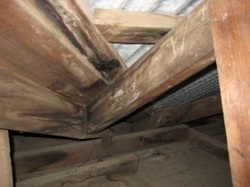
Roofing timbers heavily affected by Timber Delignification – The breakdown of timber fibres over time due to exposure to surrounding elements. Not many options for repair as it usually affects most timbers, replacement is most likely.
Timber Rot and Decay
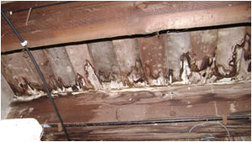
Breakdown of bathroom or shower floor membrane - Causing wet-rot decay of subfloor timbers affected below as well as being a haven for timber pests.
Structural
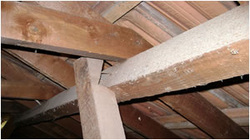
Timber supporting Strut is no longer mechanically fixed and is only a mater of time before being ineffective – Rectification is simple.
Split Strut
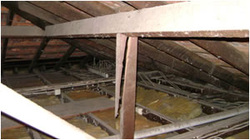
A timber Strut is split rendering it useless and placing vertical stress to the rafters and horizontal stress to the external supporting wall – 10 minutes to rectify.
No Ant Caps
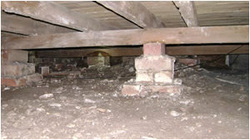
Most common problems of older type homes is no Antcaps between brick piers and timber bearers to identify Termite activity, and no Rising Damp protection through brick piers to timbers, especially in damp environments like this area – Rectification is simple and usually in one application.
Poor Site Drainage
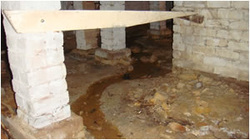
Water flowing through the subfloor area of the building due to poor site drainage.
Termite Damage
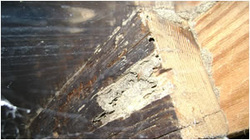
Previous Termite damage has been repaired but the Termites were not completely eradicated resulting in renewed pest attack to the new timbers.
Stability
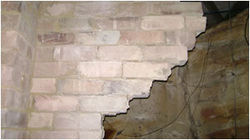
Some brickwork has been removed to allow ease of access but has a Builder or Engineer been engage to clarify structural stability.
Electrical
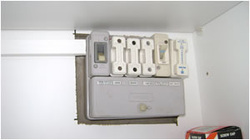
An old Electrical Circuit Board in a unit – Whilst not a defect but awareness must be raised to be updated to incorporate a Residual Current Device (RCD) for safety.
